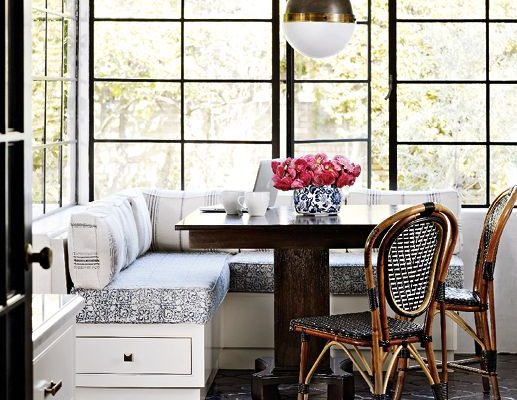Budgets, Style and What to Keep for your Next Design Project
joy of nesting
Budget, style and what to keep for your next design project … these are primary decisions you will encounter when you first begin your project, and definitely the most important ones you will make early on. Building a budget, deciding your style and deciding what furnishings to keep will help you create a lasting design scheme based on things you love and a budget that’s realistic.
So today, let me simplify them for you, before you begin your project.
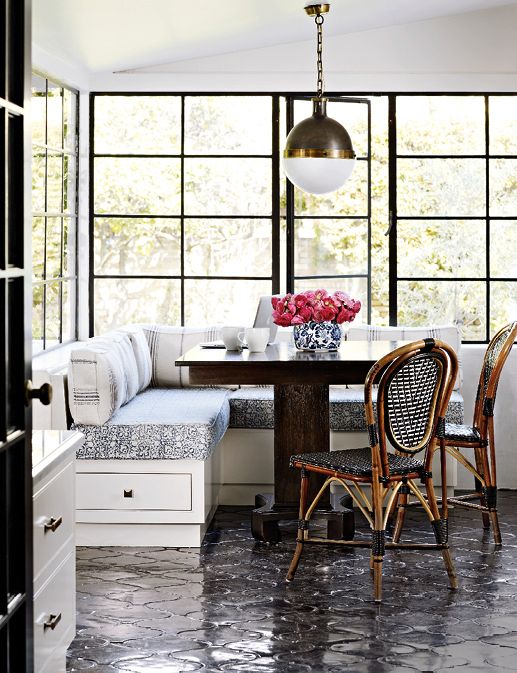
Via Lonny
The Trouble with Budgets for Design Projects
No one likes to provide a designer with a budget. I understand your discomfort. I am a consumer too! But if you go into a car dealership looking for a Mercedes and a salesman educates you on all the wonderful benefits of a Volkswagen, you have wasted a ton of time.
When I ask a client for their budget and they say they don’t know, I will generally offer a feasible number, and that’s when they can say, yes that’s what I thought or no, that’s higher than I expected.
Design Fees
For strictly design fees, I offer two distinct, design only proposals. I add to each proposal the exact cost ($5,500, $10,000 etc.) and exactly what you will get with it (2 sofa options, 2 chair options, computer drawings etc.).
Procurement
For procurement (where I purchase furniture, usually at a small discount on your behalf), I generally give you an estimated budget for cost of goods, installation costs and delivery fees.
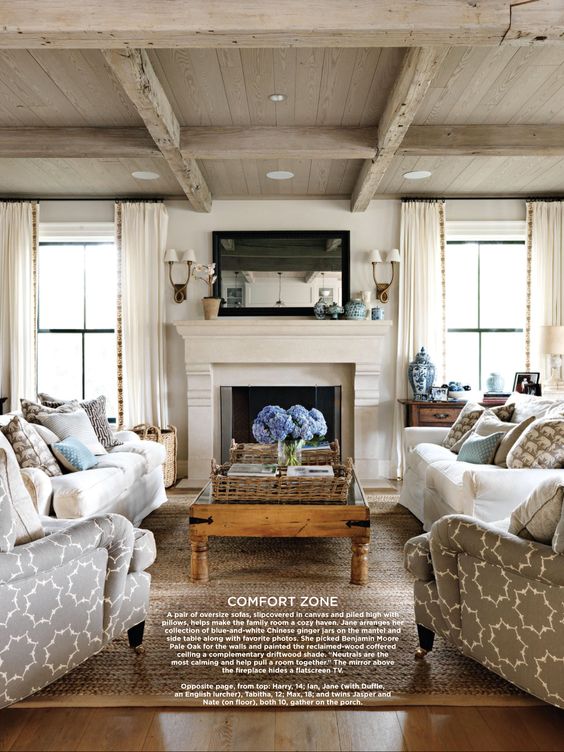
Via Woman’s Day
What to Keep and What to Discard on Your Next Design Project
Don’t Overlook the Importance of this Step! How do you determine which of your existing furnishings to keep, what to re-purpose, and what to discard for your next project? How do they work around the furnishings you already have? And how do you develop a ‘design style’ that goes with your home, and the furnishings you intend to keep and work around?
I can’t overemphasize the importance of that step! If you keep the wrong things, and build an entire design scheme around them, the end results won’t be great. And by the way, this is one of the areas where an experienced designer will be really helpful to you.
Saves Money and Adds Originality
Keeping and discarding the right things not only saves you money, but it also ensures your home will look beautiful, original, cohesive, and above all, seldom if ever go out of style because you are blending styles.
If you’re uncertain about an item, relegate it to a lesser used part of the house.
Blending styles and eras gives you a look that evolves much better than buying everything from one place and at one time. For tips on blending vintage, antiques and new home furnishings go to my post, Updating the Look of Antique and Vintage Pieces into a Fresh, New Style.
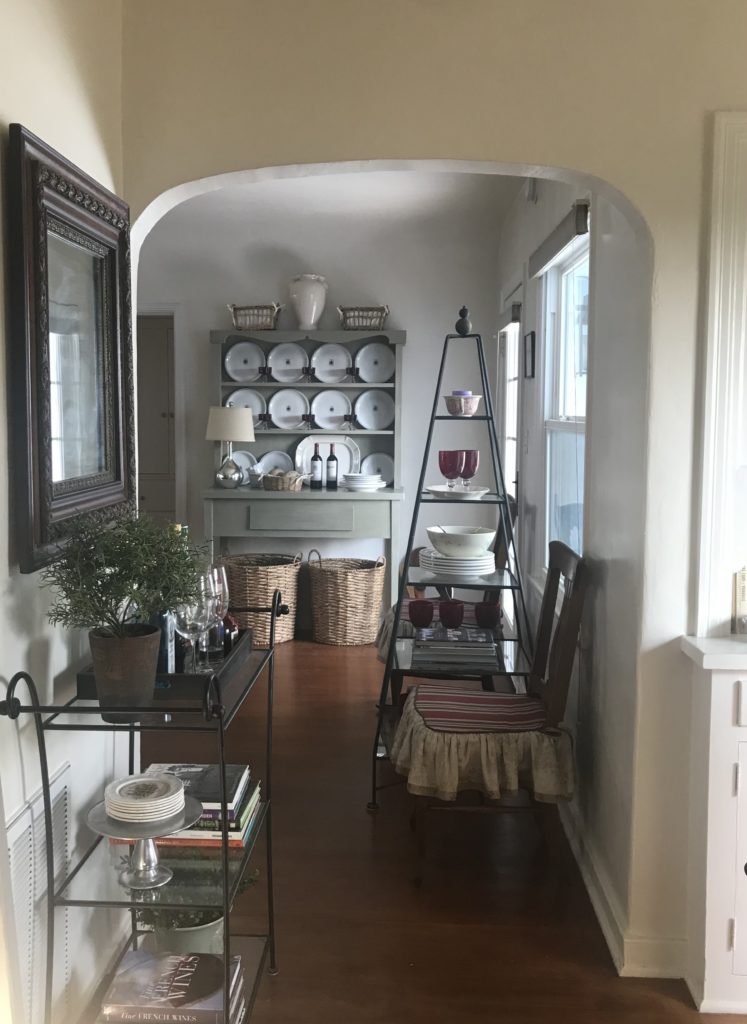
Shiree Hanson Segerstrom
Determining the Design Style for Your Next Design Project
Determining your design style might be fun, but it’s not as easy as it sounds. Designing a scheme around a client’s preferences is much more challenging than making choices unilaterally, but the most experienced designers work this way. And they know the client will be much happier if their preferences have been respected.
The way I help you determine the look or style for your new design style, actually comes from determining what you currently love about your home; what you dislike about it, and from finding things (like furniture and fabrics) to tie everything together visually. It may sound like it but blending styles of home furnishings is not that easy. This is one of the hardest visual things to do.
New Construction
With newly constructed homes, finding the client’s aesthetic is a little more challenging. The best results come from going over shelter magazine images that the client loves. Understanding the local culture and geography (such as building a home in the city vs. on a cattle ranch) helps too. I like to take an artful approach in blending the client’s style, architecture, and geography into something very personal.
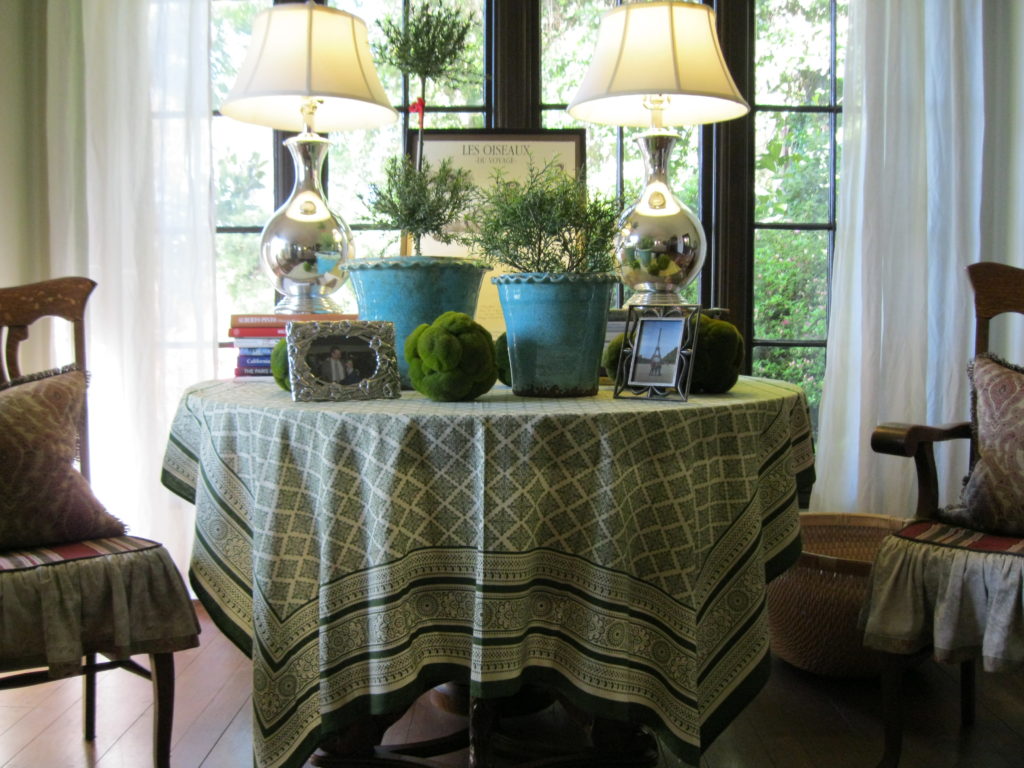
A designer helps a client visualize a proposed design scheme with drafted floor plans, over size fabric swatches, flooring samples, pictures of furniture and paint chips. Looking at the proposed colors, fabrics and furnishings side by side gives you a strong sense of your home’s potential. If done well, these samples will make a strong and beautiful visual statement.
Concept or color boards, such as the ones used in commercial and hospitality design are helpful too. Just keep in mind they are time consuming to produce and require a client with a financially vested project.
Small Budget Help
I had a recent living room project and was given a smallish budget. The scope of work was window coverings, sofas, and chairs which wouldn’t allow us to purchase any new furniture.
My first two plans proposed new window coverings, throw pillows, and recovering the existing sofa and chairs in new fabrics. The last plan allowed for the same but with recovering chairs and purchasing a new sofa. The first plan came in under budget, the second plan at budget, and the third plan just 2% over budget. These three design schemes couldn’t have been accomplished without a budget and scope of work.
Creating Two Budget Options
Giving two or three budgetary plans is a win-win situation. This gives the client a lot of control on how the money is spent. It also gives the designer the options she needs to create something really special within the constraints of that budget.
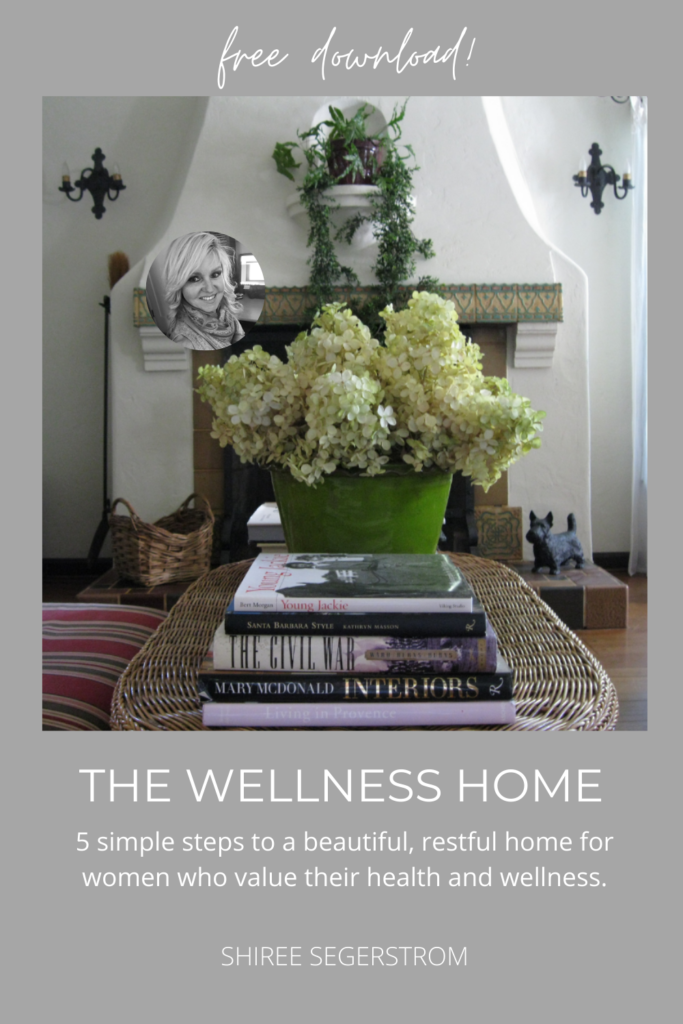
If your home isn’t supporting you the way it is, are you ready for a change? Get some help via my complimentary premier design and wellness download, The Wellness Home, 5 Steps to a Beautiful, Restful Home for Women Who Value their Health and Wellness. It’s the prettiest little book. It’s also a quick read with super easy design solutions that help you lead a beautiful, healthier lifestyle at home. Get yourself some help post haste!
That’s it for today. Thank you for stopping by!
Shiree’
